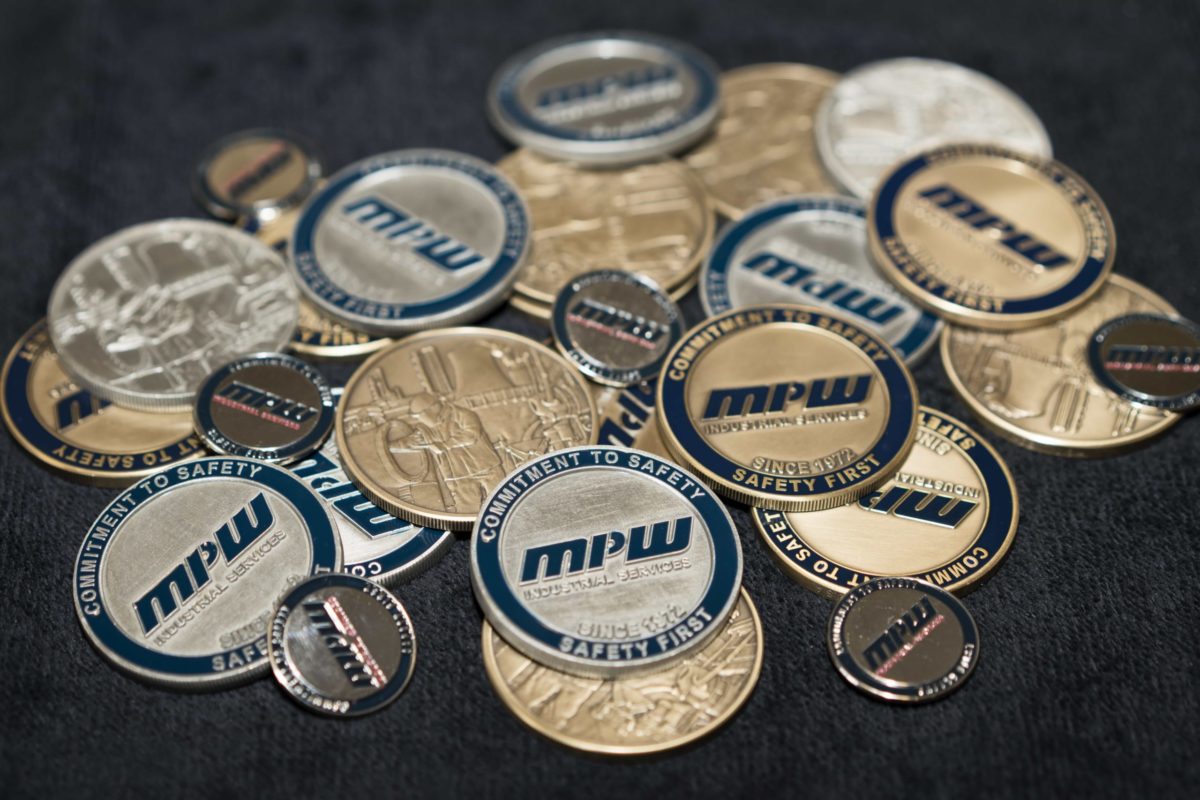Effective cleaning and sanitizing helps protect the safety of your staff, your facility and the environment. Second, it maintains optimal performance of individual working parts to ensure sustainable, efficient operation of systems as a whole. In today’s competitive marketplace, any cessation of production can hamstring a company’s climb in several ways. If a plant needs to go offline for an extended amount of time, the costs of low production cascades from the plant to the distribution areas to the place of business and transaction. This could lead to lack of faith or loyalty from customers. Add in the capital cost of repairing damaged equipment or replacing destroyed material, and the possibility of one catastrophic accident sinking an entire operation becomes frighteningly real.
From an application standpoint, scheduled cleaning practices can vary depending on the industry and the type of equipment involved. The trust and respect that we build in our relationships connects with MPW’s mission to “create and enhance enduring customer relationships through safety, innovation and service.” We hope your business practices these safeguards as part of a constant vigilance and dedication to create work environments that benefit the employees and the organization.
Personal safety
Proper protection for individuals starts with workers taking all necessary measures to prevent exposure to hazardous materials. These steps might include, but aren’t limited to: wearing hard hats, ear plugs, protective eyewear, gloves and suiting and breathing safeguards like masks. Your first line of defense is sometimes your last line so make sure you check and double-check all protective gear.
Accident protection
In the event an accident does occur, having easy access to items like fire extinguishers, eye-washing equipment, water hoses and oxygen tanks can limit or eliminate potentially dangerous situations. Testing of equipment and training to refresh employees on proper usage and locations can help prevent injury and damage to property.
Make danger visible
Flood your hazardous areas with signage that alerts all people to the possibly hazardous conditions that exist. Flammable gases, slippery surfaces or hazardous materials should be well marked to remind workers that care is required.
Keep areas clean and clear
Maintaining spaces like hallways, loading docks, receiving bays and storage units and ridding them of extraneous materials, refuse and clutter limits the possibility of accidents.
Monitor the monitoring systems
Are your emergency fail-safes in proper working order? Are carbon monoxide and gas detectors functioning? Are the ventilation and respiration systems prepared to evacuate fumes? Is the system of safety valves able to regulate pressure at a moment’s notice? And drill your staff on emergency procedures to ensure that reaction times are second nature.
